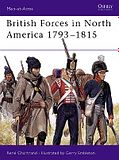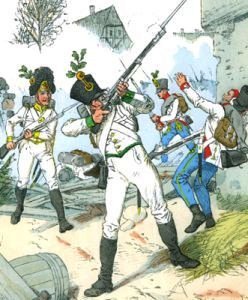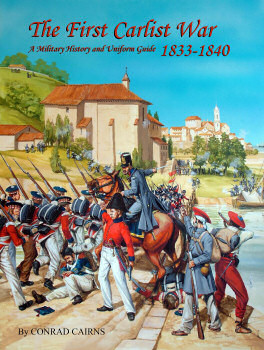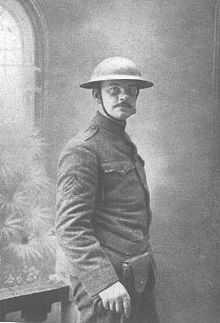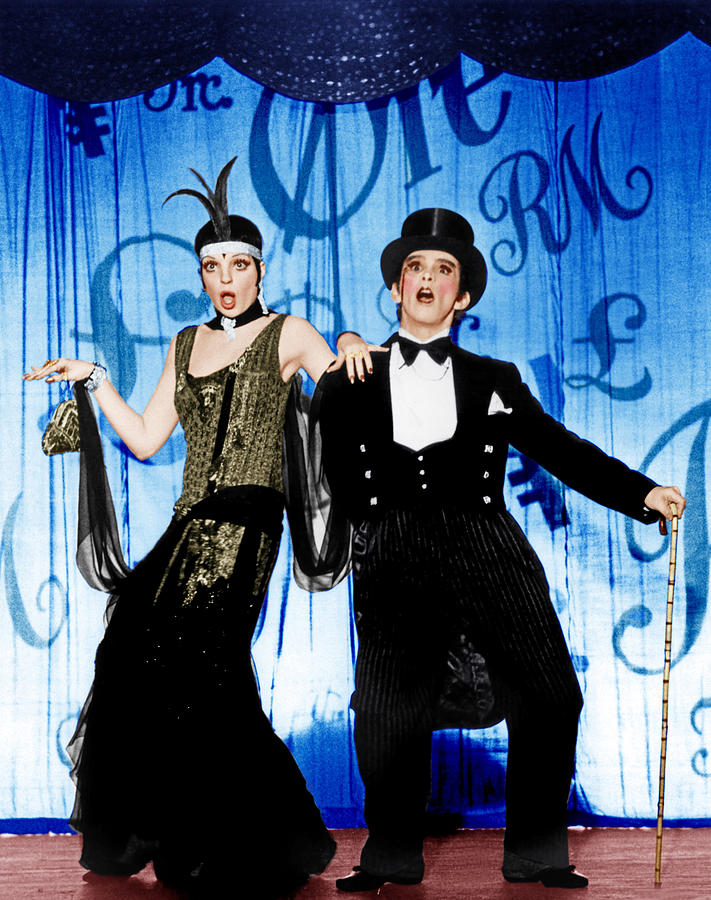I've been meaning to put this report up for a while, but there was the problem of getting several dozen photos off my camera and the days have been just packed. However, I managed to get my ducks in a row and here they are. One of the advantages of Little Wars is that it is an extremely accessible game being as it is written for boys of twelve years of age to a hundred fifty and the better sort of girl. As a result - the Little Wars area was a stopping point for many of the shorter wargamers.
Now, I generally use aliases for players pictured on Joy & Forgetfulness, with children I've gone a little step further and obscured the face of the player in question. For any of the parents reading this, unaltered copies are available on request.
This isn't a legal requirement or anything like that - it just struck me as a good idea.
The Immortal Wayne (left) and General T locked in mortal combat.
This picture represents the second or third turn in this game which was a pitched battle lasting twelve turns. The game would be decided on casualties with a points bonus for the central town.
An invasion force from the Bishopric of Gormanstein has invaded the Grand Duchy of Little Siskington and is attempting to wrest the mineral reach province of Targentium from them. The Gormansteiners have brushed past the initial resistance (an earlier game, unpictured, in which Old John led a gallant attacking force to a pyrrhic victory) and are now facing the Siskingtonian field army.
The boxes allow troops to be concealed during the opening moves of the game and are only revealed when the player wishes to fire or when they are struck by a Nerf pellet. In this case, both sides loaded their cavalry into one or more boxes and fought a bloody battle of charge and counter charge in the first few moves. The result was that General T's force of horse was wiped out.
The Don (left) and the Immortal Wayne discuss tactics.
The Elder Wargamers deployed all their cavalry on the right with the infantry in the centre (behind the yellow building) and their guns weighted towards the left.
There appears to be a lot of unseemly skulking going on - I detect an American influence
Both sides hid behind the buildings which inhibited their firepower and made it hard to reach a decision. The result was a considerable expenditure of ammunition with little result. To give some idea, each gun may fire two shots per move and each twelve infantrymen in a line could fire one shot also. This was a twelve turn game and I issued each side sixteen rounds per gun.
The Gormansteiners attempt to rush the guns deployed on the heights. The Don punishes them, but will it be enough?
The Elder Gamers took the heights on the left which allow them to punish the Siskingtonian troops contesting the town in the centre. However, General T has launched a rush on their position, using the boxes to mount a feint to conceal his intentions. The Don managed to reveal the attacking force before they closed, but much depended on how many men he could knock down before the attackers managed to close.
General T and his trusty second in command, General A, view the situation
The Don does some execution, but the Siskingtonian attack is ultimately successful and they manage to take the hill and the Gormansteiners gun, which they soon press into service.
The Immortal Wayne in typically "Sarf London" style shooting his gun sideways at the advancing Gormansteiners.
Flanked, the Gormansteiner infantry send their gun to the front to return fire.
No luck with that shot...
...better reload...
...and see if this works better with the gun the right way up (it did).
Eager to reply, General A slams another round in.
With predictable results (he missed).
The situation as it stood, midway through the game. Note the Gormansteiner cavalry attempting to flank the Siskingtonians at the bottom right.
At this point, the Siskingtonians had lost all their cavalry and were bitterly contesting the town. They had however wiped out the left wing of the Gormansteiner army and now had the heights which commanded the town.
An inconsequential fire.
The musketry without result continues in the centre.
General A hands over some casualties to the Immortal Wayne.
General A and General T confer again.
General A has been tied up with skimishing, while General T's bolder move has taken the hills (and their guns) on the left hand side. This allowed him to pour fire on the Gormansteiner position and forced them to split their infantry force, but not before he had caused serious casualties.
A young General leads his troops while his proud father takes a picture. This photograph represents everything that I wanted this game to be. Small boys (and some not so small) crawling around on the floor playing with toy soldiers.
General T had wanted to play the game and his Dad, who is I think a card gamer, hung around to watch him play. In the end, the bold move to take the heights, didn't happen soon enough to swing the balance in favour of Little Siskington. At the end of the twelfth turn, The Don and the Immortal Wayne managed to maintain the slight lead of 118 points to a 109 points. But it was a damned close run thing and watching General T's Dad observing the fall of shot and advising him on how to correct his aim warmed my heart indeed.
Congratulations to the Don and the Immortal Wayne. Commiserations to Generals A & T.


































